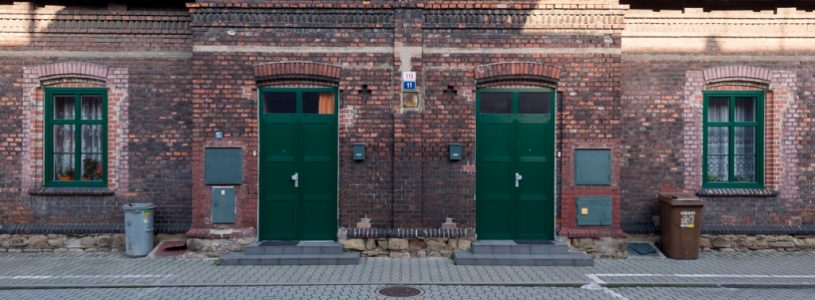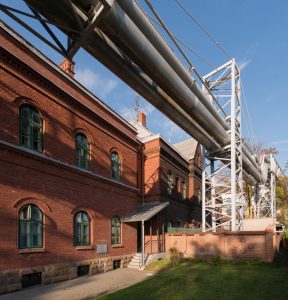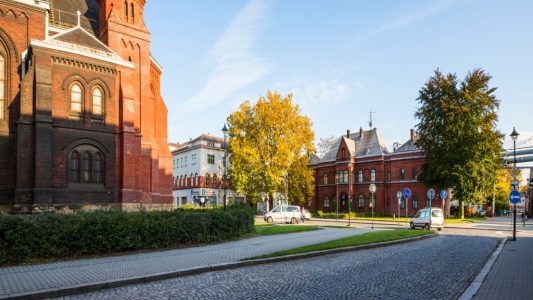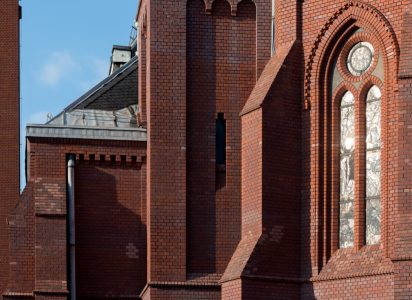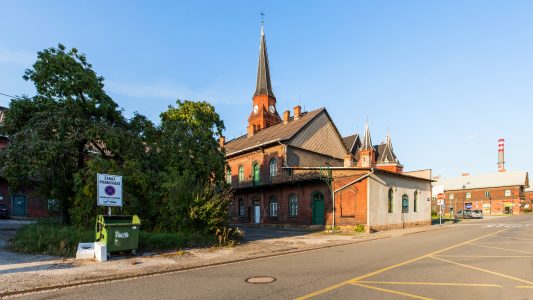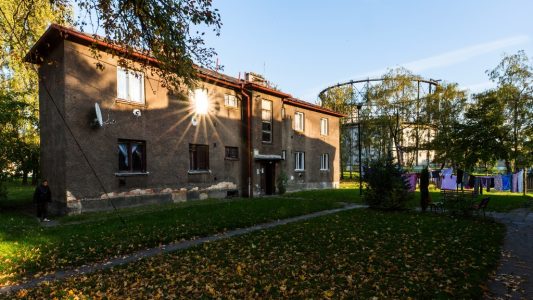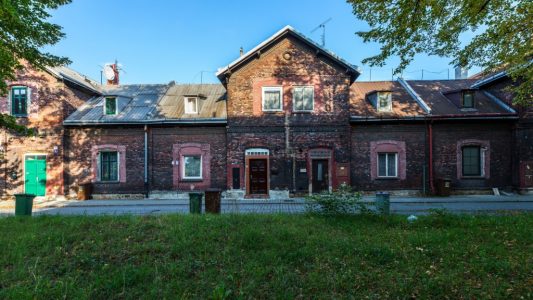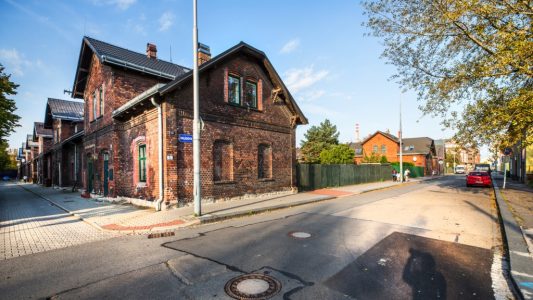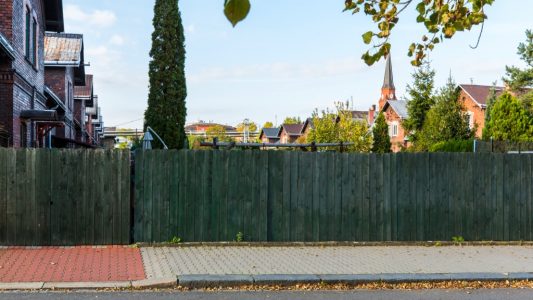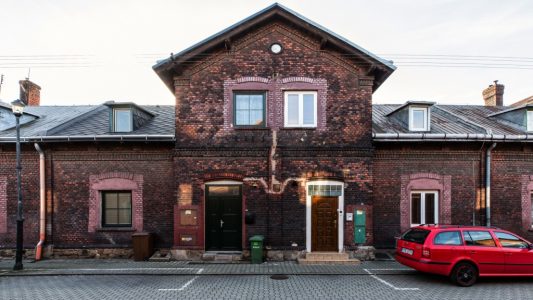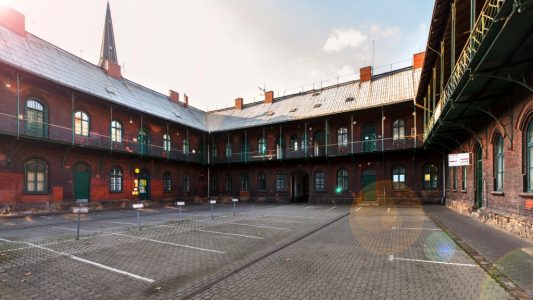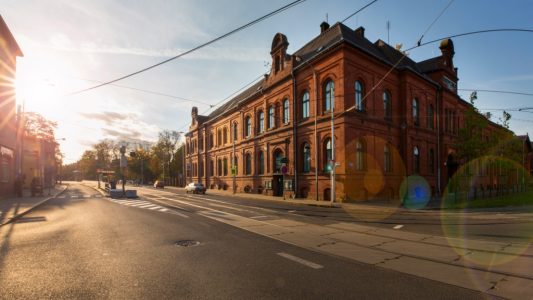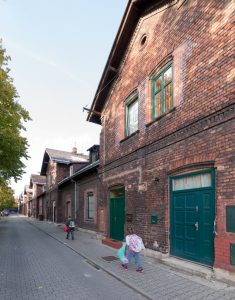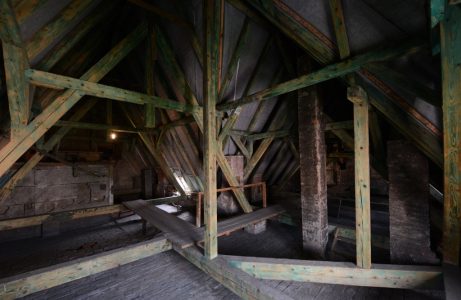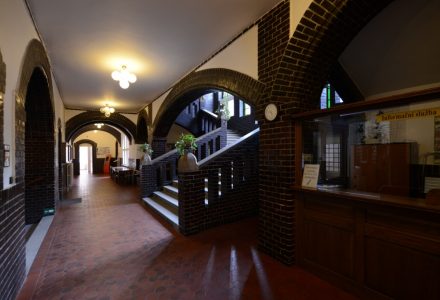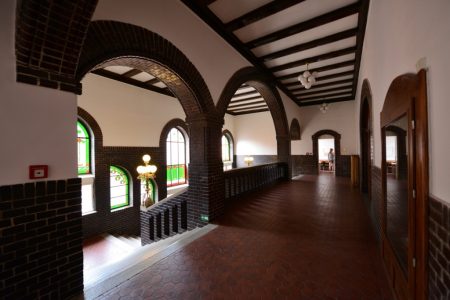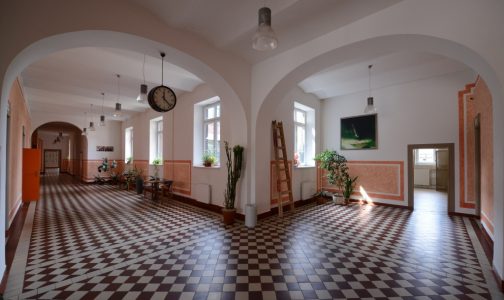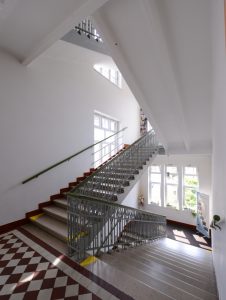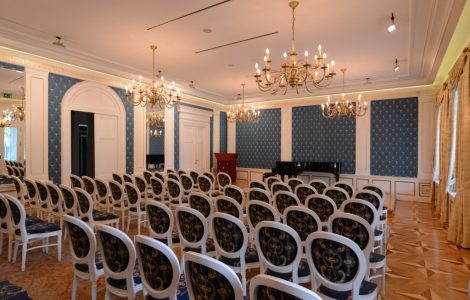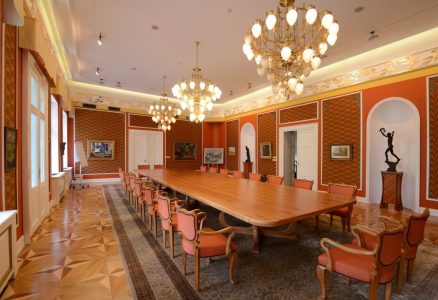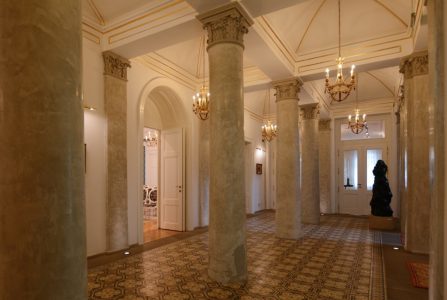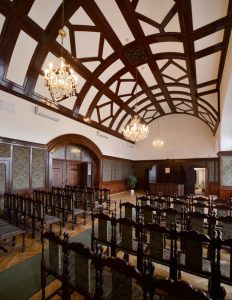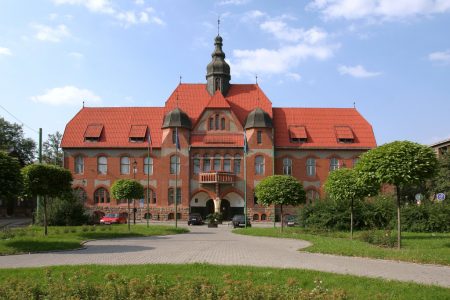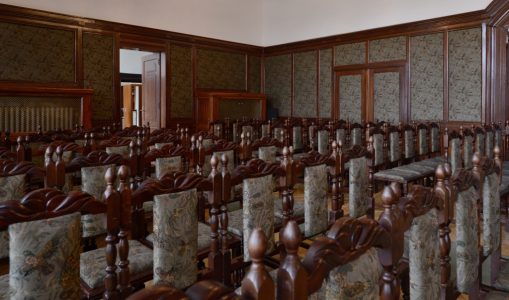Experience 19th century London in Vítkovice, a district in the city of Ostrava in the northeastern Czech Republic. With homes built of red fired bricks – highly-desirable by filmmakers – this neighborhood can easily stand in for merry olde England, Vienna, or Amsterdam.
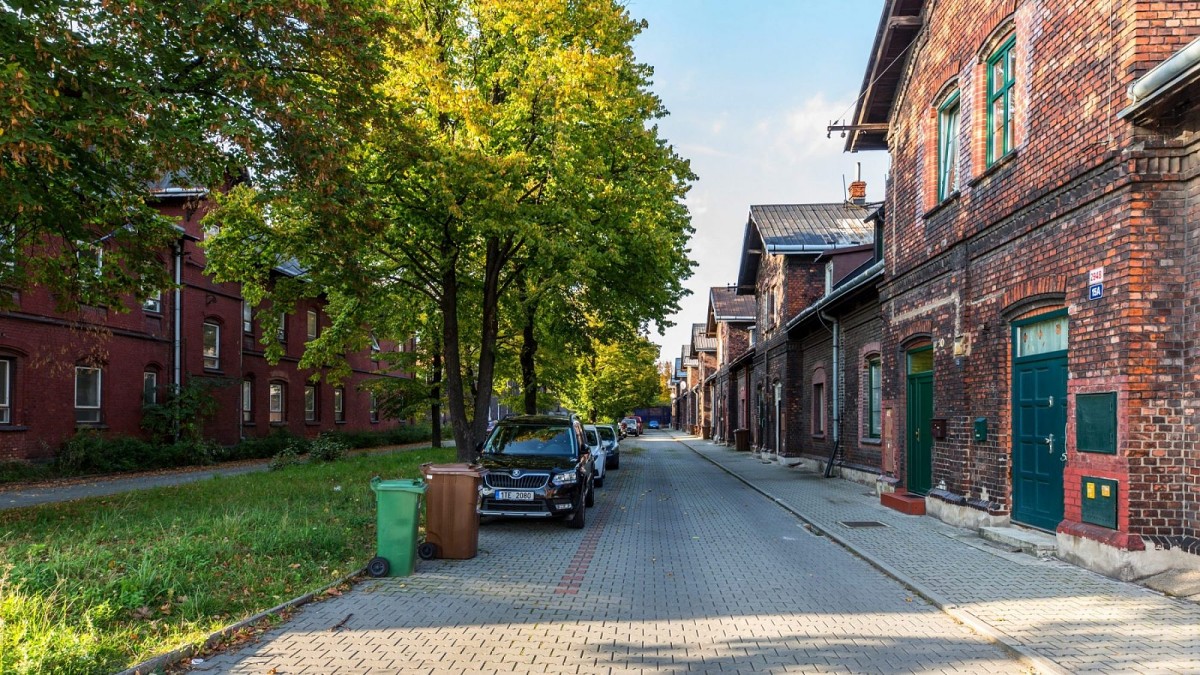
In the 1820s, Vítkovice was still a village of 23 homes and nearly 200 residents. The ironworks' establishment had a significant influence on this Ostrava district. | © Daniel Suhay
Ostrava is known primarily for its working class “colonies.” “The Gable (Štít) Colony is known for its English-style homes and is still considered today to be a desirable place to live. Each house has a garden where the residents could grow vegetables and raise animals,” says Hana Vítková of the Moravian-Silesian Film Office. The neighborhood got its name from the distinctive gables over the building entrances. The Gable Colony comprises 32 semi-detached homes grouped in four rows. The two middle rows face each other across Lidická Street.
The year 1928 was the beginning of a new era for Vítkovice. The Archbishop of Olomouc, Archduke Rudolf Habsburg, decided to build the first blast furnace for refining pig iron there.
Fifteen years later, Salomon Mayer Rothschild, the Viennese banker of Jewish origin and representative of the Vienna branch of the Rothschild family, purchased the furnace. Interest in doing business in the iron industry connected with the construction of a railway line from Vienna to Galicia brought him to Vítkovice. With the help of renowned European metallurgical experts, he built one of the most advanced ironworks in Europe at that time. In just half a century, the simple agricultural village was wholly transformed into a modern industrial centre.
Before the arrival of the Vítkovice Ironworks’ new director Paul Kupelwieser in 1876, a new residential area sprang up spontaneously and haphazardly immediately adjacent to the factory. “Kupelwieser began implementing a management system similar to that of Baťa, but 30 years earlier. His goal was to establish New Vítkovice. In today’s terms, it essentially meant the construction of a new suburb near the centre of industrial activity. It far exceeded the requirements of the time and provided its employees and their families with everything they needed. Thanks to him, order was imposed on what was originally a chaotic area,” adds Vítková.
The oldest preserved building is the late Neoclassical chateau built by Rothschild from 1846 to 1847. The Rothschild chateau was intended for the owners of the ironworks, and its primary residents were the company’s directors. It’s still used for this purpose to this day.
The Church of St. Paul (1886) dominates the square in Vítkovice. The Italian bell tower was built first, serving as a water tower. The tower concealed two reservoirs that provided water to the surrounding buildings and also served as a fire watchtower. The waterworks made it possible for most of the homes to have modern flush toilets, still considered quite unusual at the time in factory housing.
Also worthy of note is the Gothic Revival town hall on Peace Square. The brick building dates back to 1902. The interior hallways have been preserved; the massive staircase with Art Nouveau lighting leads to a beautiful ceremonial hall.
Vítková also points out another interesting building – the monumental former German girls’ school on George of Poděbrad Square: “The building dates back to 1914, and has a façade richly decorated with Art Nouveau elements symbolizing wisdom. You can find owls, children, the torch of knowledge, and a globe in the gables, as well as a giant cast-iron clock face. Great news for filmmakers is that the school’s original interiors have been preserved.”
For further information please get in touch with Moravian-Silesian Film Office: Hana Vítková, film@mstourism.cz, +420 734 766 746.

